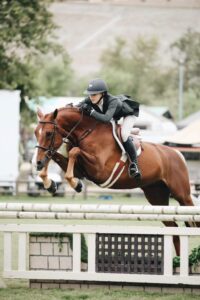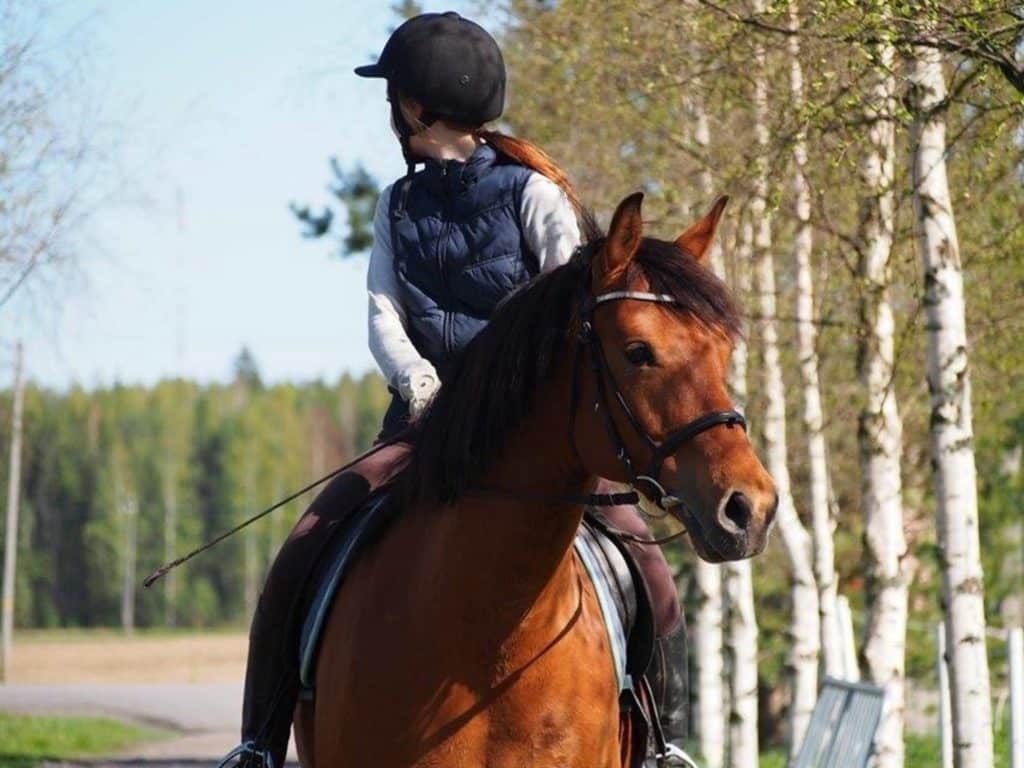Horse Riding and Back Pain
Introduction
Back pain, especially low back pain, is a common problem in the general population. There is evidence showing a link between high physical workloads and back injury. For example, occupational exposure, strenuous workloads, frequent lifting, bending and twisting and extreme sports activities are well-recognized risk factors for low back pain. Chiropractors are expertly trained to assess and manage back pain problems. As such, at our chiropractor clinic in Walton on the Hill, Surrey, we end up seeing quite a few horse riders! Hopefully this blog post can help to educate riders as to why they may become prone to back pain, therefore helping them to prevent getting back pain in the first place!
Horseback Riding and Back Pain
Horseback riding is a sport in which the spine is subject to high-impact loads, with sometimes unpredictable landing forces. Compared to the general population, there is a high occurrence of back pain among horse riders. Horse riders are at a greater risk of experiencing back pain than the general public due to both the repetitive nature of riding as well as the long-term consequence of a riding injury.
Researchers have looked into this issue to try and understand more about the link between horse riders and back pain. They discovered that horse riders were almost 50% more likely to be in pain than to be pain free. Within the group of riders that competed in showjumping, riders were over twice as likely to be experiencing chronic, long term pain than acute, short term pain.

In terms of where the riders were likely to experience pain, 85% reported neck and back pain, the majority of which was low back pain. 66% reported pain in other areas of the body, with the knee the most common. Of those riders with pain, 85% reported that their pain impacted their riding performance, particularly either affecting their postural asymmetry or reducing their range of motion. The high incidence of showjumping riders who compete with pain, particularly back pain, could be problematic given the longevity of a rider’s career, which can span over four decades.
Posture
Posture is a key element in any equestrian discipline where the rider aims to maintain a straight line running through the ear-shoulder-hip-heel, whilst moving in rhythm and harmony with the horses movement. Maintaining this position requires strong core muscular activity to keep the torso stable.
86% of riders in the study mentioned above reported low back pain. This suggests that the repetitive nature of riding may damage soft tissue structures in the torso, leading to postural control issues while riding.
In order to control the horse, riders must apply individual hand or leg “aids” or signals. These hand or leg movements need to occur in isolation to any trunk movements, or in other words the arm or leg must be “dissociated” from the torso. Injury or damage to the core muscle groups can result in chronic long term low back pain and an inability to apply these aids appropriately.
Jumping
Jumping requires the rider to alter or adjust their position by leaning forward in the seat in order to cope with the increased mechanical forces involved. During jumping, the rider closes the hip and thigh angle, moving the trunk into a forward position. To maintain balance through the jumping phase, the rider’s weight is absorbed by the legs rather than the pelvis and legs (which is what happens when in the regular riding position). This change in position requires a large amount of muscle control to achieve, as the rider has to deal with acceleration forces from the horse, particularly on landing.
Any restriction in the rider’s range of movement as a result of pain will effect their position while jumping, and will impact the performance of the horse.
Pain and Endurance
Back pain can also affect a rider\’s fatigue levels. In those that have chronic low back pain, poor endurance of the hip extensor (gluteus maximus) and hip abductor (gluteus medius) muscles has been found. These are muscle groups that are essential to maintain an effective riding position. Therefore, when a rider is suffering from low back pain, it is likely that these muscle groups will fatigue too quickly, therefore reducing the performance of the horse and rider team.
Musculoskeletal Injuries
As well as injuries from falls, horse riders can suffer from numerous musculoskeletal problems due to sustained postures and repetitive movements linked with riding. Musculoskeletal problems include problems related to joint or muscle injuries. Mechanical limitations of the body, such as joint stiffness or muscular tightness, can also limit a riders ability to perform at their best. If the horse has any underlying patterns of tightness or dysfunction, this too can have a significant effect on the musculoskeletal balance in the rider, and vice versa.
As we already discussed, different strain patterns tend to be put through the rider’s body depending on which riding discipline they perform. When treating horse riders, it is important to take a holistic approach, assessing the whole body and treating any compensatory issues found. Our treatment includes using techniques such as: chiropractic adjustments, myofascial release techniques, dry needling, sports taping and corrective exercises.
While all riders are unique, there is still a common pattern of muscular tightness or dysfunction that arises due to similar actions and positions while riding. When these muscles or areas become dysfunctional, they will create an imbalance in the rider, which will then reduce the effectiveness of aids and therefore the control of the horse.

The common dysfunctional areas are:
- The neck – In particular, the SCM (sternocleidomastoid) muscle. This muscle can become tight and overused in horse riders. This causes an anterior head carriage where the head and neck is brought forward and the chin “juts” out. This means riders are forced to look down rather than forwards through the horses’ ears.
- The chest – When the pectoral muscles become tight, the shoulders round forward, giving riders a hunch back appearance.
- The upper back – In particular, the upper trapezius muscles. When these muscles become tight, the shoulders become shrugged towards the ears, causing riders’ shoulders to be uneven. This can cause uneven contact through the reins.
- The hip flexors – This is one of the most common areas to be tight and dysfunctional in a horse rider. When these muscles are tight, riders tend to lean back or arch through their low back excessively. They will also struggle to sit tall and straighten up, contributing towards low back pain.
- Adductors – These are muscles on the inside of the thigh and while riding are contracting most of the time. Due to this, an imbalance can occur between the adductors and the abductors (the gluteus muscles in the buttock). The imbalance between adductors and abductors is a risk factor for low back pain, so this would need to be corrected with exercises.
It is important to remember every rider is different and unique, and the above muscles are just a highlight of some of the common tight muscles that riders may present with.
Conclusion
At the end of the day, a horse and rider have a unique relationship in sports. If one is suffering from muscle imbalances or their joints are unable to function correctly, it will have a knock-on effect on their teammate.
Interestingly, in some of the studies mentioned earlier, elite riders failed to see themselves as elite athletes requiring any healthcare services to perform better. In their eyes, only the health of the horse mattered. If the horse is healthy, elite riders believe they can continue as per normal, even if the rider themselves is experiencing pain. Unfortunately this is an attitude that needs to change. If the rider is in pain or otherwise unable to perform correctly, this will have a negative effect on the horse and stop the team from performing to their full potential. For optimal performance, it is essential that both the horse and rider are as strong, mobile, pain-free and injury resistant as possible!
I hope this blog has helped you understand a bit more about why horse riders develop back pain. If you want to keep up with any news or other health tips from us, don’t forget to like our Facebook page here.




